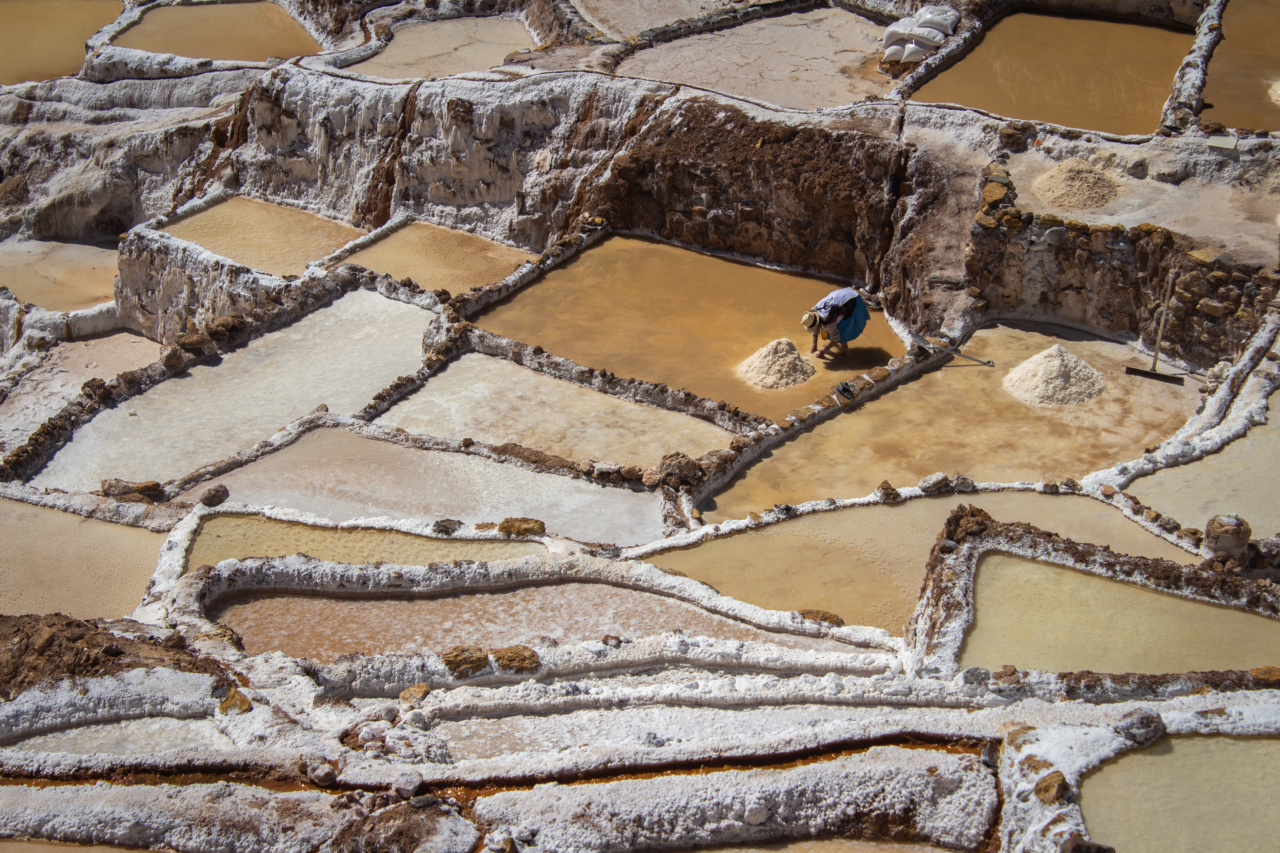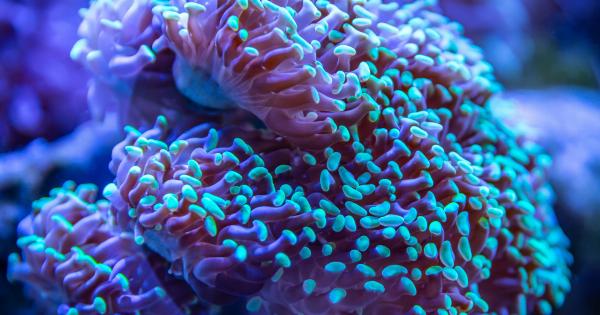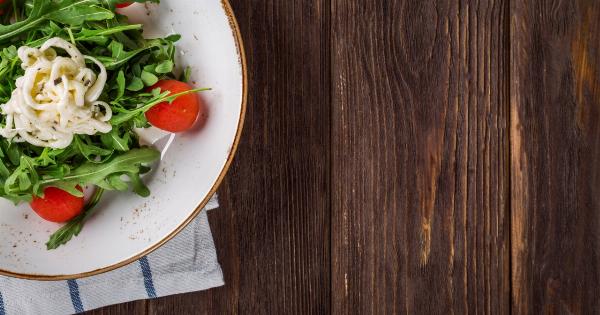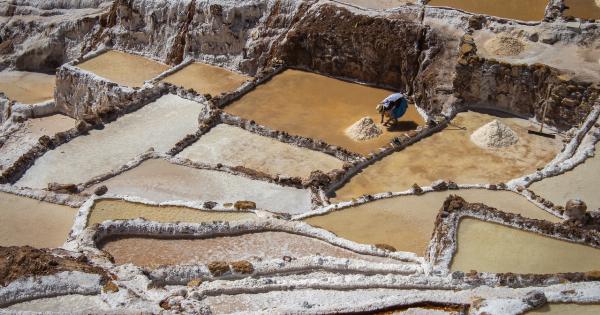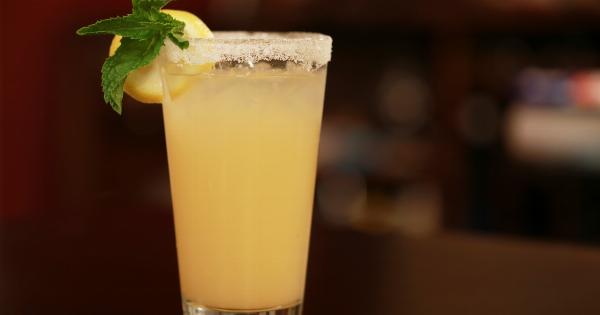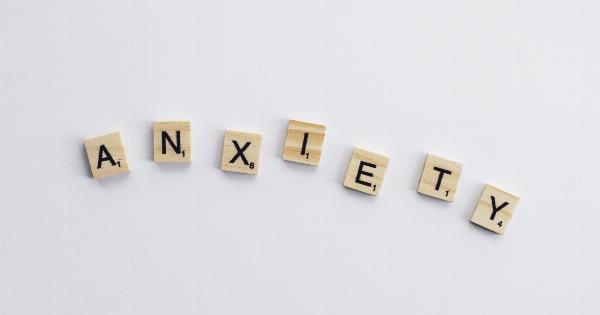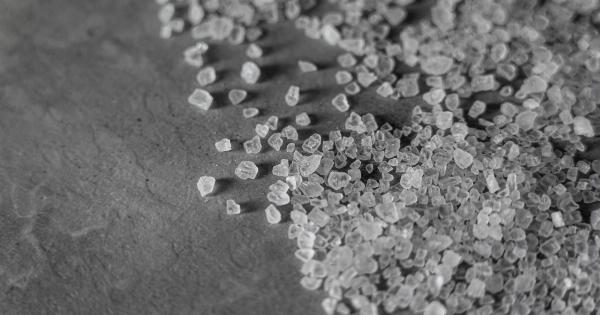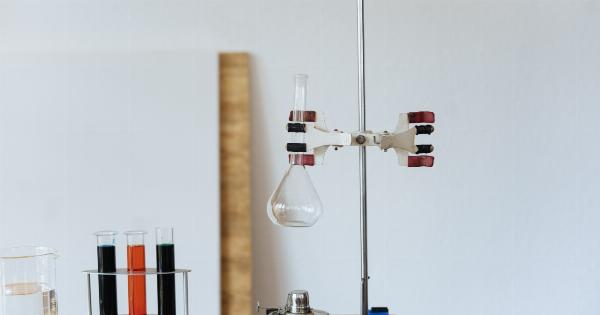Salt is an ingredient that has been both praised and demonized over the years. While it is an essential component of our diet, excessive consumption of salt can have negative effects on our health.
In this article, we will uncover the truth about salt consumption, exploring its benefits, risks, and how you can maintain a balanced intake.
Understanding Salt
Salt, scientifically known as sodium chloride, is a mineral that is composed of sodium and chloride ions. It is one of the oldest and most widely used seasonings in human history.
Salt not only enhances the flavor of food but also plays a vital role in maintaining the body’s fluid balance, transmitting nerve impulses, and contracting muscles.
The Role of Salt in the Body
Our bodies require sodium to function properly. It helps control blood pressure, maintain the balance of fluids, and supports the proper functioning of nerves and muscles.
Chloride, on the other hand, is necessary for the production of stomach acid and aids in digestion.
The Recommended Daily Intake of Salt
The World Health Organization recommends consuming less than 5 grams (approximately one teaspoon) of salt per day. This is regarded as the ideal amount to maintain a healthy balance for the average adult.
However, it’s important to note that individual needs may vary depending on factors such as age, activity level, and existing health conditions.
The Dangers of Excessive Salt Consumption
While salt is essential for our bodies, consuming too much of it can lead to various health issues. High salt intake has been linked to increased risk of hypertension, cardiovascular diseases, stroke, and kidney problems.
Excess salt can cause water retention in the body, leading to bloating and increased blood pressure. It is crucial to be mindful of the amount of salt we consume to mitigate these risks.
Sources of Dietary Salt
Salt is naturally present in many foods, such as meat, fish, and vegetables. Additionally, it is commonly used as a seasoning and preservative in various processed foods, ready-made meals, and snacks.
These processed foods often contain high levels of sodium, contributing to excessive salt intake if consumed frequently.
The Hidden Salt in Processed Foods
Many people are unaware of the hidden salt content in processed foods. Due to the prevalence of processed foods in our modern diets, our salt intake has steadily increased over the years.
Consuming these foods on a regular basis can unknowingly lead to exceeding the recommended daily salt intake level. It is crucial to read food labels and be aware of the salt content in the products we consume.
Tips for Reducing Salt Intake
To maintain a healthy salt intake, here are some practical tips you can follow:.
1. Cook from scratch: By preparing meals at home, you have more control over the ingredients used, including the amount of salt.
2. Use salt alternatives: Experiment with flavorful herbs, spices, and other seasonings to enhance the taste of your dishes without relying solely on salt.
3. Read food labels: Pay attention to the sodium content listed on packaged foods and choose lower-sodium options whenever possible.
4. Limit processed foods: Minimize your consumption of processed and packaged foods, as they often contain high amounts of added salt.
5. Be cautious with condiments: Certain condiments, such as soy sauce, ketchup, and salad dressings, can be packed with salt. Use them sparingly or opt for low-sodium versions.
The Link Between Salt and Hypertension
Hypertension, or high blood pressure, is a significant risk factor for heart disease and stroke.
The relationship between salt consumption and hypertension has been extensively studied, and evidence suggests that reducing salt intake can help lower blood pressure in many individuals. However, it’s important to note that some people may be more sensitive to the effects of salt than others.
Salt Substitutes and Alternatives
If you are looking to reduce your salt intake, there are several alternatives and substitutes available:.
1. Sea salt: Although sea salt is still primarily sodium chloride, it is often less refined than table salt and may contain trace amounts of beneficial minerals.
2. Himalayan pink salt: This salt is believed to be less processed and to contain more minerals than regular table salt. However, the differences in mineral content are minimal.
3. Low-sodium salt: These products typically contain a mixture of sodium chloride and potassium chloride, which can help reduce the overall sodium intake.
4. Herb and spice blends: Experiment with various herb and spice blends to add flavor to your meals without relying on salt.
The Importance of Moderation
Like many things in life, moderation is key when it comes to salt consumption. Completely eliminating salt from your diet is neither necessary nor advisable. Our bodies require a certain amount of sodium to function optimally.
By being mindful of the salt content in our food choices and following the recommended daily intake guidelines, we can strike a balance that promotes good health.
